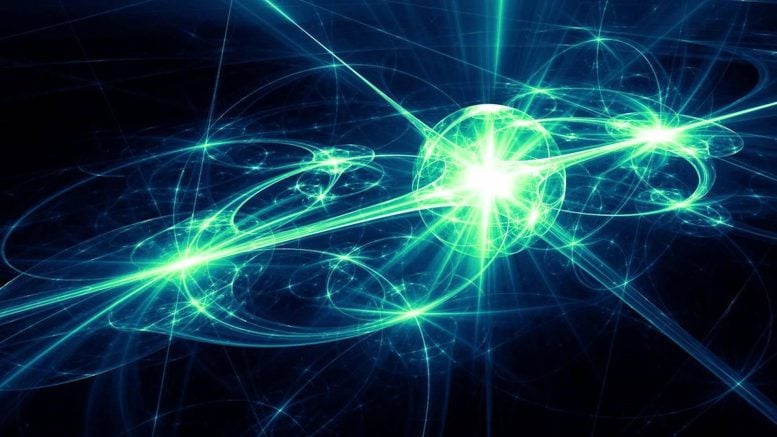
Majorana particles, named after the Italian physicist Ettore Majorana, are fascinating entities in the field of particle physics. They are unique because they possess the remarkable property of being their own antiparticles. These elusive particles have the potential to revolutionize quantum computing and contribute to the understanding of fundamental physics, offering exciting possibilities for the future of scientific research.
In March 2022, Microsoft announced research findings concerning the manifestation of a unique particle that could potentially be utilized for crafting notably durable quantum bits. However, University of Basel’s researchers are currently questioning these conclusions regarding the so-called Majorana particles. They’ve carried out computations that indicate that the results can be explained differently.
In 1938, a brilliant mind mysteriously disappeared: after securing a ferry ticket from Palermo to Naples, the youthful Italian physicist Ettore Majorana seemed to vanish off the planet’s face. Mere months prior, he had proposed a peculiar kind of particle. These particles were supposed to be their own anti-particles and carry no electric charge.
In the last few years, among physicists there has been a renewed interest in these mysterious particles, which bear the name of their missing inventor (whose disappearance has not been explained to this day). The particles, it turns out, might possibly be used as particularly robust quantum bits in quantum computers.
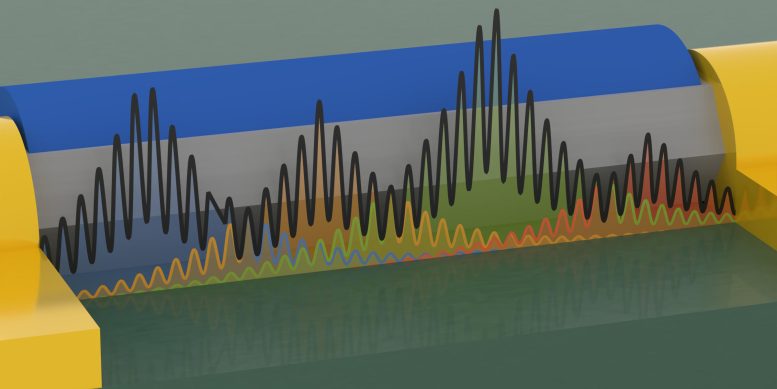
Disorder in very thin nanowires can lead to measurement results that could be misinterpreted as evidence for Majorana particles. Credit: University of Basel, Department of Physics
The biggest obstacle in the construction of such computers, which promise unbelievable computing power, is decoherence – the fact, in other words, that disturbances from the environment can very quickly destroy the sensitive quantum states with which quantum computers perform calculations. If, however, one could use Majorana particles as quantum bits, that problem could be solved instantly since they have a built-in immunity against decoherence because of their special properties.
Dampened expectations
In a study published in the scientific journal Physical Review Letters, researchers at the University of Basel have now dampened expectations of using Majorana particles for computation in the near future. The team led by Prof. Jelena Klinovaja showed that results published by Microsoft in 2022, according to which Majorana particles had been detected in the labs of the company, may not hold water after all.
“The path that Microsoft is taking with their experiments is certainly the right one,” says Richard David Hess, Ph.D. student and first author of the study, “but our calculations suggest that the measurement data can also be explained by other effects that having nothing to do with Majorana particles.”
Looking for exotic particles is detective work of the highest order, and investigators have to rely on just a few clues. They look for these clues using a nanowire made of a semiconductor material, a thousand times thinner than a human hair, coupled to a superconductor. In such a system, it is suspected, electrons and holes in the semiconductor could pair up to make quasiparticles that behave like Majorana particles.
Characteristic anomalies
Through conductance measurements, the experts at Microsoft had detected an anomaly that is characteristic of such Majorana states and also shown that the superconducting properties of the superconductor-nanowire-combination respond to an applied magnetic field in a way that suggests the presence of a so-called topological phase.
In mathematics, topology can be illustrated by looking, for instance, at a coffee cup with a handle (a “hole”) that can theoretically be deformed into a doughnut (which also has a “hole”, so both are topological equal) but not into a sphere (no “hole”). In Majorana states, by contrast, topology is responsible for their much-coveted immunity to decoherence.
“We have now mathematically modeled the experiments by Microsoft and tried to find out whether the measurements could have other – ‘trivial’, in scientific jargon – explanations,” explains Henry Legg, a postdoc in Klinovaja’s group. In fact, the Basel researchers came to the conclusion that both the current anomaly and the superconducting properties can be reproduced by a small amount of disorder from impurities inside the nanowire.
“Our results show clearly that disorder plays an important role in such experiments,” says Jelena Klinovaja. To detect Majorana states unambiguously and also put them to use in quantum computers, one will eventually need even purer nanowires. This also means that there will be no lack of experimental challenges in the next few years.
Reference: “Trivial Andreev Band Mimicking Topological Bulk Gap Reopening in the Nonlocal Conductance of Long Rashba Nanowires” by Richard Hess, Henry F. Legg, Daniel Loss and Jelena Klinovaja, 15 May 2023, Physical Review Letters.
DOI: 10.1103/PhysRevLett.130.207001

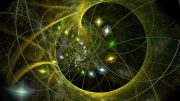
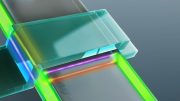
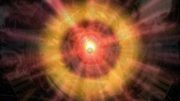



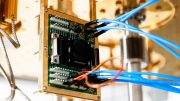
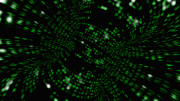
Be the first to comment on "Microsoft’s Quantum Breakthrough – Were They Wrong?"